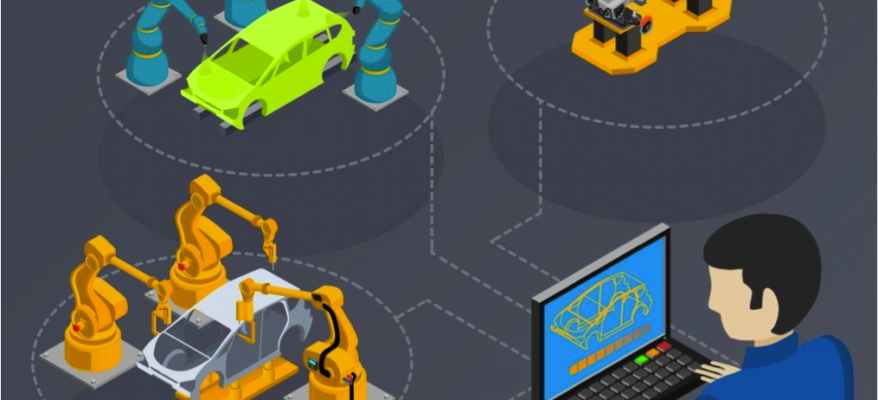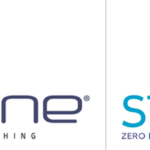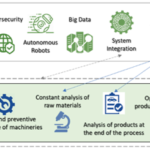STREAM-0D’s ‘extrusion line/profil model for predicting profile accuracy’ application has been mentioned by the European Commission’s Innovation Radar for its market potential.
ECN
Tag Archive
-
D4.3 | Model-Based Control Modules (STAM)
20 May 2020
Latest News
- Final meeting to be held on October 8th, 2020 08 September 2020
- STREAM-0D's mentioned in the EC's Innovation Radar 22 July 2020
- D4.3 | Model-Based Control Modules (STAM) 20 May 2020
Subscribe to STREAM-0D Newsletter

This project has received funding from the European Union’s Horizon 2020 research and innovation programme under grant agreement No 723082.
© 2016 STREAM-0D










